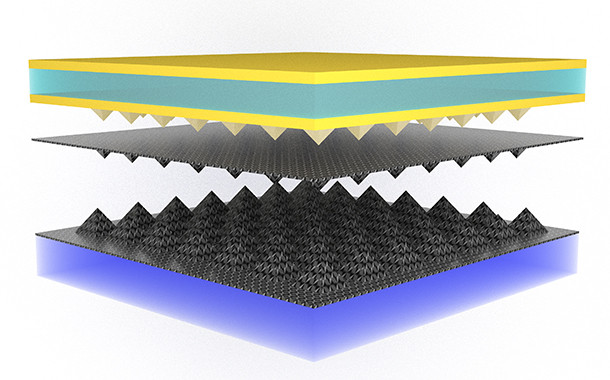Engineers imitate human hands to make better sensors
22. 9. 2020 | Penn State | www.psu.edu
An international research team has developed “electronic skin” sensors capable of mimicking the dynamic process of human motion. This work could help severely injured people, such as soldiers, regain the ability to control their movements, as well as contribute to the development of smart robotics.
“The skin of the human hand is amazing — that’s what we tried to imitate,” said Huanyu “Larry” Cheng, professor at Penn State Department of Engineering Science and Mechanics. “How do we capture texture and force? What about the years of evolution that produced the impressive sensitivity of the fingertip? We’re attempting to reproduce this biological and dynamic process to enable objects to behave similarly to the human hand.”

The dual-mode sensor measures both the magnitude and load of movement, such as the effort of swinging a tennis racquet, as well as rate, duration and direction. The trick was to decouple this measurement and understand how the separate parameters influence each other. For example, bouncing a tennis ball gently on a racquet requires different input than serving a ball to an opponent. Those same variables come into play when a person with a prosthetic arm needs to differentiate between handling an egg or carrying a watermelon.
Read more at Penn State
Image Credit: Cheng Laboratory/Ye Qiu
-jk-




